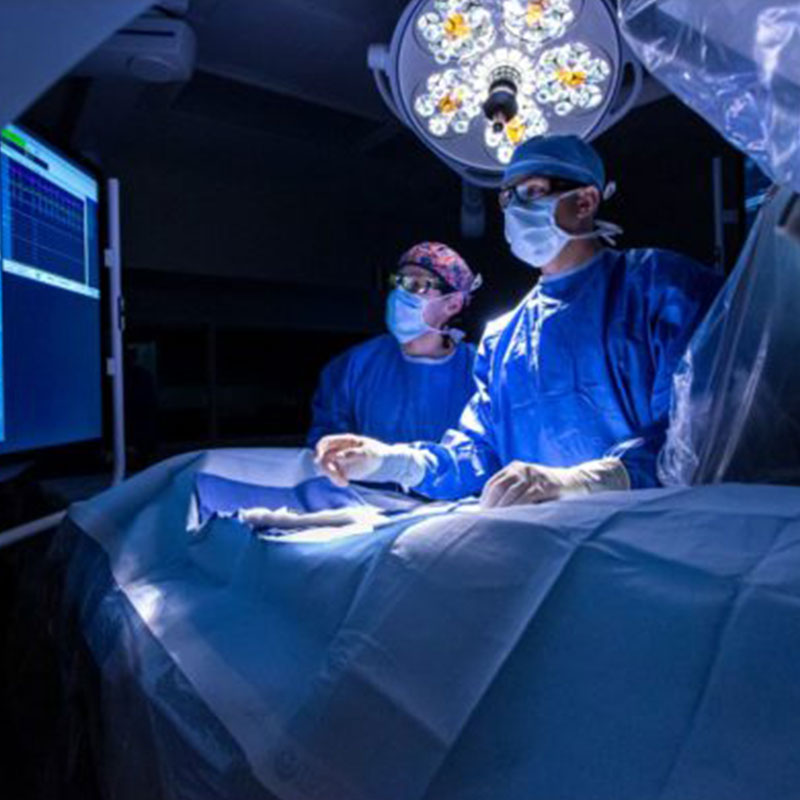All About Cardiac Stents

November 24, 2020
In the last 25 years, the use of stents to treat heart disease have become so common, it’s a word nearly all of us recognize. But what are stents, exactly, who needs them and what do they do?
According to the National Institutes of Health’s Heart, Lung and Blood Institute, stents are tubes made from metal mesh, fabric, silicone or a mixture of different materials that hold open blocked, weakened or narrowed vessels within the body.
What Are Stents Used for?
While most of us think stents are used only to open blocked arteries in the heart, there are different types of stents that are used in a variety of places in the body, says George Batsides, M.D., chief of cardiac surgery at Hackensack University Medical Center.
Cardiac surgeons, interventional cardiologists and vascular surgeons are three types of specialists who insert stents. Larger stents are used to treat, for example, abdominal aortic aneurysms and descending thoracic aneurysms, while smaller stents are used in the heart. Stents are also used to treat blockages in the leg arteries.
“Stents really can be used for anybody with coronary artery disease,” says Saleem Husain, M.D., an interventional cardiologist at JFK Medical Center, although surgery may provide a better benefit for some patients, such as someone who is diabetic, for example.
Stenting is used to treat chest pain syndrome with unstable angina, heart attacks and hardened and narrowed cardiac arteries, Dr. Husain adds.
How Are Stents Placed?
Doctors use stress tests and imaging to determine the needs for stents.
Cardiac stents are usually placed in the affected arteries through a small catheter inserted in the wrist or the femoral artery in the groin. Today, doctors prefer insertion through the wrist because there is much less risk of bleeding or other complications, Dr. Husain says. A balloon to inflate the artery and the stent itself are put in place using a needle and wire passed through the catheter.
What Is Recovery Like?
Depending on the complexity, the procedure takes between 15 minutes and two hours, but recovery time is quick. Typically, patients go home the same day as the procedure, which is done in a catherization lab, and can resume normal activity fairly quickly.
Following the procedure, Dr. Batsides says, patients will be placed on a regimen of an aspirin and an antiplatelet agent, and should have regular checkups with their primary cardiologist. Unless instructed otherwise by their cardiologist, he says, cardiac stent patients should be able to maintain an active life.
The material provided through HealthU is intended to be used as general information only and should not replace the advice of your physician. Always consult your physician for individual care.
Find a doctor near me
Are Heart Attacks Hereditary?

Heart attacks: Is it hereditary? Learn about your risk from Dr. Younan and reduce your risk with lifestyle changes. Schedule a screening today.
Lifesaving Cardiac Care

Lifesaving Cardiac Care at Jersey Shore University Medical Center. Mayor Dennis Connelly shares his story and experience with Dr. Wappel. Learn about cardiovascular services.
